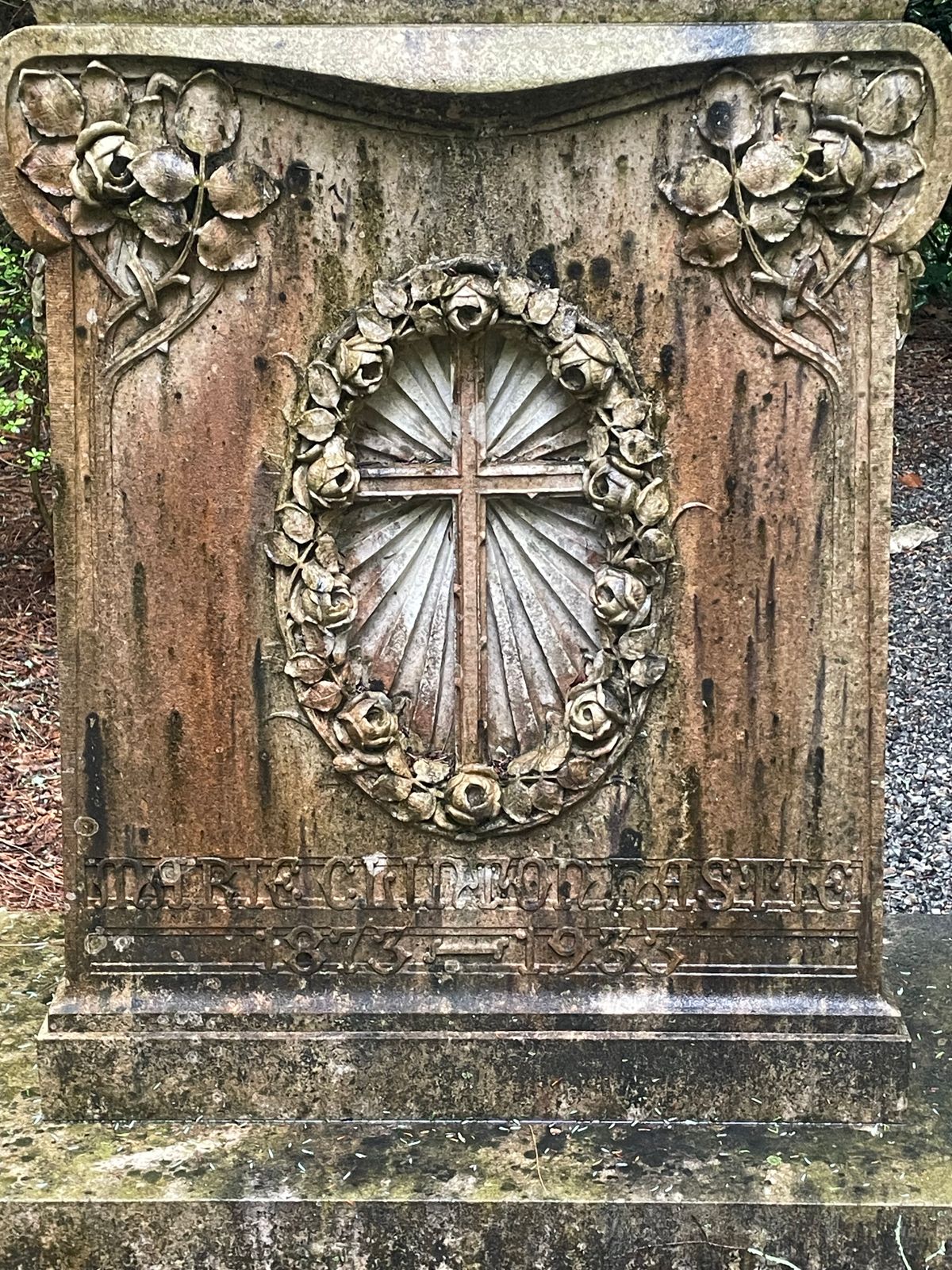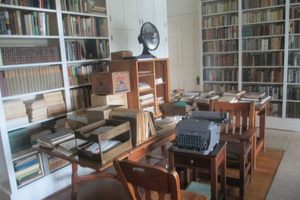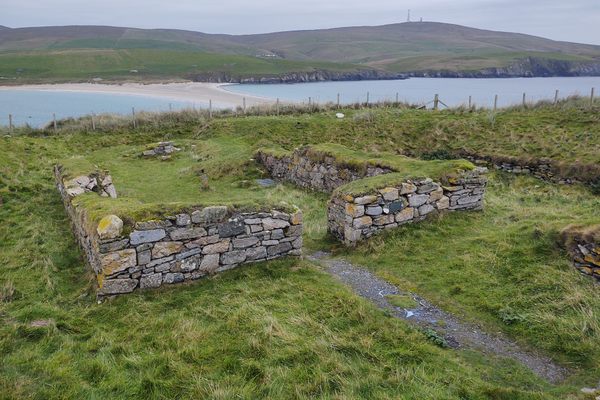About
This lovely old brick-and-stucco church dates back to 1833 and was created as a private chapel. In 1836, it was deeded to the Episcopal Church. Almost completely rebuilt in 1852, the current structure is in excellent condition and sits on a mound surrounded by a cemetery with graves of many influential people. Carl Sandberg's memorial service was held in the church in 1967.
What made the early church so unique was that white people and slaves were allowed to worship inside together. This proximity derived in part to the church's small size, as it lacked the gallery in which slaves were often seated. St. John in the Wilderness's founding members were wealthy Charleston planters and merchants who summered in Flat Rock, North Carolina, to escape the corruscating heat and disease outbreaks of their home city. They brought their enslaved household members along with them. The very first wedding performed in the church was between two slaves. Many free Blacks and enslaved people are buried in the church's cemetery.
In what would be considered a favorable position, immediately adjacent to the church rests a small grave marked by an unassuming brass plaque. The plaque honors John Brown, who fought in the Battle of Waterloo, which ended the Napoleonic Era. Brown served as a bugler in the Royal Scots Greys in Captain R. Vernor's Troop. In the battle, Brown's role was to communicate the Commander's orders with notes played on his bugle. Many of the Greys were new and untested recruits. However, they put up a ferocious fight when they captured one of the French Battle Standards and caused significant confusion among the enemy ranks.
Brown survived one of the most impactful battles in European history and subsequently immigrated to the United States. He was employed by Charles Baring, a representative for the Baring Brothers banking family in England. He spent every summer with the Baring family at their Mountain Lodge home in Flat Rock. He died in 1840 and was buried at St. John in the Wilderness, the church founded by the Baring family. Brown's body was eventually disinterred and returned to his family for burial in Scotland.
According to local legend, Brown's empty crypt was used by Prohibition-era moonshiners to conceal and distribute their contraband. They would leave jugs of moonshine in the empty grave under the marble lid. Customers would pick up the jugs and leave payment at the gravesite. After Prohibition, children would hide in the grave on Halloween and jump out at unsuspecting passersby. When the grave's marble top cracked, the church installed a wrought iron perimeter fence around the gravesite.
Both the historic church and the equally historic town of Flat Rock are both well worth the visit.
Related Tags
Know Before You Go
This church does hold regular services, so check the website for visiting hours.
Community Contributors
Added By
Published
September 23, 2020










































